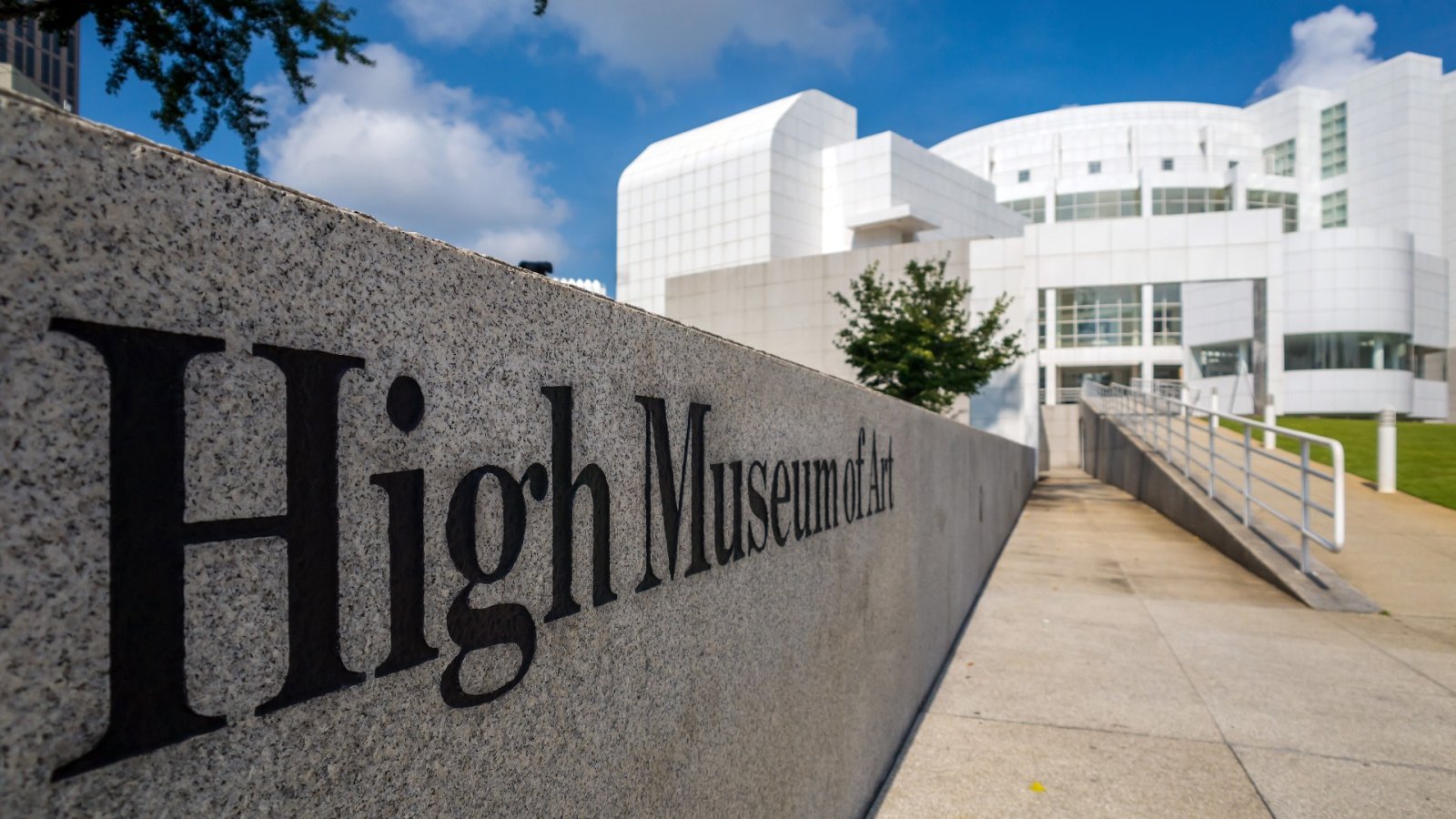The editors of A.i.A compiled a list of notable museum exhibitions for the annual Art in America Guide, published recently. So, without further ado, here are some noteworthy shows opening this spring.
New Museum, New York - Wangechi Mutu
Wangechi Mutu's artistic style blends mythical and folkloric narratives with sociohistorical references, resulting in otherworldly creations. In her earlier works, which were collage-based and featured beguiling chimeric creatures, she subtly critiqued feminist and colonialist themes. More recently, Mutu's sculptural practice delves into issues of globalization, migration, and African and diasporic cultural traditions, as seen in the large bronze "aliens" exhibited on the facade of the Metropolitan Museum of Art in 2019. This extensive exhibition showcases over 100 pieces from Mutu's 25-year career, offering viewers a chance to witness the evolution of her work and her rich imagination. The show runs from Mar. 2–June 4.
Museum of Contemporary Art San Diego, La Jolla - Celia Álvarez Muñoz
Celia Álvarez Muñoz, a Chicana artist, was born and raised in El Paso and currently resides in Arlington, Texas. Her work often reflects the lived experiences of those inhabiting the borderlands between the US and Mexico. Muñoz considers herself an "artivist," utilizing her art as a means of activism. Her conceptual practice includes installation, photography, painting, and artist books. This exhibition, marking her first career retrospective, showcases 35 significant works, including pieces from her "Enlightenment" series that use puns and double meanings between Spanish and English to explore language acquisition and barriers. Catch the show between Mar. 16 – Aug. 13.
High Museum of Art, Atlanta - Evelyn Hofer
Evelyn Hofer, a German-born photographer, was dubbed "the most famous unknown photographer in America" by New York Times art critic Hilton Kramer in the 1980s. She was highly productive, capturing urban scenes during the period of social and economic transformation after WWII. Her first museum exhibition in the US in over 50 years showcases photobooks she produced in the 1960s, featuring European and American cities such as Florence, Dublin, London, New York, Washington D.C., and Spain. The exhibition includes over 100 black-and-white and color prints. Don’t miss this show: Mar. 24–Aug. 13.
Metropolitan Museum of Art and Hispanic Society Museum & Library, New York - Juan de Pareja
Juan de Pareja is most renowned for being the subject of Diego Velázquez's 1650 portrait rather than for his own artistic accomplishments. De Pareja spent two decades as an enslaved artisanal laborer in Velázquez's studio. The upcoming exhibition, "Juan de Pareja, Afro-Hispanic Painter," at the Met aims to alter this narrative by showcasing de Pareja as an Afro-Hispanic artist navigating Spain's Golden Age. The exhibition includes rarely-seen pieces by de Pareja as well as portraits of Black and Morisco sitters (Muslims forced to convert to Catholicism) by Velázquez, Zurbarán, and Murillo, highlighting the prevalence of enslaved labor in Spain and underscoring the multiracial nature of society at that time. Apr. 3–July 16.
Baltimore Museum of Art, Apr. 5–July 16 - Hip Hop and Contemporary Art
Hip-hop is more than just music; it has permeated various aspects of culture since its establishment in the 1970s, with its four foundational elements of emceeing, deejaying, breakdancing, and graffiti. Over the years, hip-hop culture has expanded to influence discussions on power structures, challenge dominant cultural narratives, and shed light on political and social systems of oppression. "The Culture: Hip Hop and Contemporary Art in the 21st Century" exhibition will focus on the movement's development from 2000 to the present, showcasing roughly 70 pieces by artists such as Nina Chanel Abney, Jordan Casteel, Lauren Halsey, and Arthur Jafa.
Hispanic Society Museum & Library, New York - Jesús Rafael Soto
Jesús Rafael Soto, a Venezuelan artist known for his Op art and kinetic paintings and sculptures, was adept at creating illusions through his work. Throughout his career, Soto's installations became increasingly intricate and multi-layered. In 1967, he constructed the first of his Penetrables, immersive environments made of varying lengths of plastic tubing suspended from the ceiling. As visitors move through these installations, their sense of space is destabilized by the giddy streams of color. To celebrate both the Hispanic Society's centennial and Soto's 100th birthday, the museum is presenting the first-ever outdoor Penetrable installation in New York.






